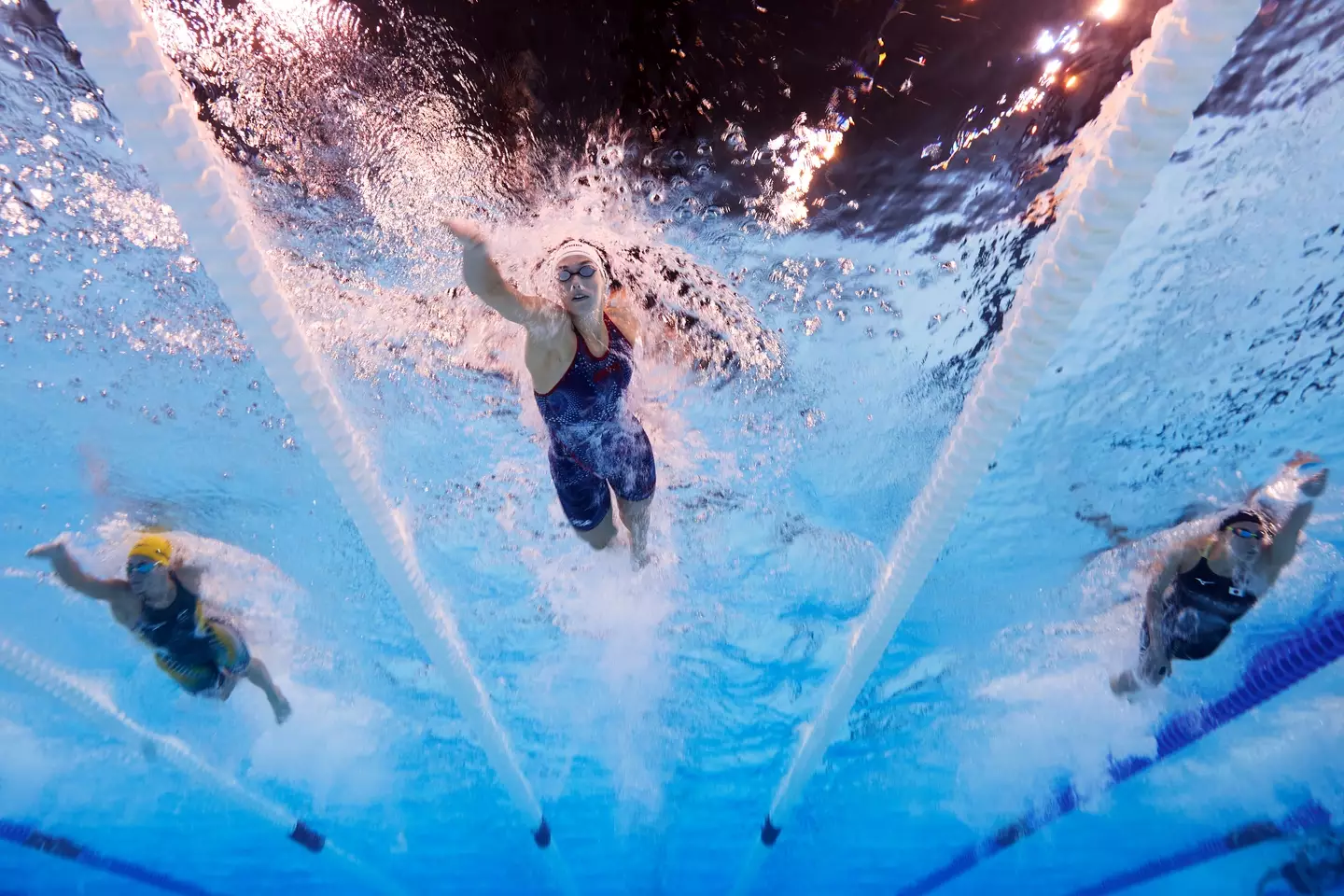US swimmer Alex Walsh fell foul of a particular rule in the 200m medley event at the Paris Olympics
An Olympic athlete who looked set to snag a bronze medal after finishing third ended up being disqualified from her race entirely due to a little-known rule.
At the end of her participation the 200m medley, it seemed that US swimmer Alex Walsh would be going home with a medal.
But instead of the Olympic podium, Walsh ended up disqualified after the race was reviewed by judges, leaving many people baffled.
While breaststroke, backstroke, freestyle (or ‘front crawl’), and butterfly have separate events, the medley sees swimmers using multiple strokes.
There are specific rules about how swimmers make the transition from one stroke to another while in the pool, in part to avoid competitors using a faster stroke more.
But there is one transition in particular which is technically very difficult for swimmers to achieve.
This is the one from the backstroke to the breaststroke, because it involves switching from facing up to facing down in the water.

Walsh, centre, competes in the heats for the 200m women’s medley. (Adam Pretty/Getty Images)
Making turns at the end of the pool is also a critical point in a swimming race, as a sloppy or smooth turn could mean the difference between victory and defeat.
So it’s already a particularly high pressure moment in the race even before you factor in the rules around turning in the medley.
And this is where judges found that Walsh had broken the rules, which state that when doing backstroke ‘the swimmer must touch the wall while on the back’.
Unfortunately for US athlete Walsh, when she touched the wall during her race she had already switched over to face downwards in the pool.
This meant that she had broken the rule, and was disqualified as a result.
Swimmers can turn their bodies up to 90 degrees when they make the transition, but any more than that is not allowed.

Walsh reacts after the competition. (OLI SCARFF/AFP via Getty Images)
Rules around turning are not the only ones which swimmers have to watch out for during their competitions.
Another rule is about the ‘dolphin kick’ – that undulating motion you see swimmers do immediately after diving in at the start of a race.
Dolphin kick is physically and technically challenging to master, but it is also an exceptionally fast and efficient way to move underwater.
So fast in fact that in most strokes swimmers are only allowed to use it for 15 metres in the pool before they must surface and switch to the main stroke.
They can also only use a limited number of the kicks when making a turn, or potentially face disqualification.
In Paris, team GB swimmer Luke Greenbank was disqualified after breaking this very rule.



